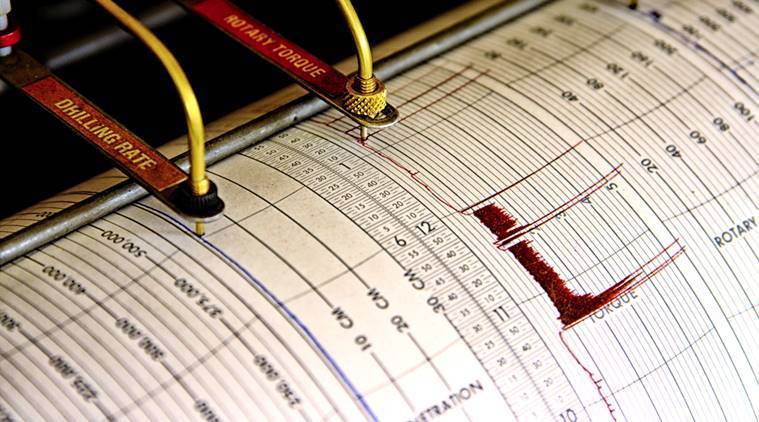 At least 17 earthquakes were recorded between April 12 and June 8 in and around the capital, with magnitudes ranging between 4.5 and 1.8.
At least 17 earthquakes were recorded between April 12 and June 8 in and around the capital, with magnitudes ranging between 4.5 and 1.8.
The National Centre for Seismology (NCS) will install eight more earthquake sensors in the National Capital Region (NCR) to find the geological faults in the area witnessing higher activity.
The decision was taken recently as frequent “minor” earthquakes have been recorded in and around the capital over the past two months, NCS Director Dr B K Bansal told The Indian Express on Tuesday.
At least 17 earthquakes were recorded between April 12 and June 8 in and around the capital, with magnitudes ranging between 4.5 and 1.8.
Presently, there are nine permanent earthquake sensors or detectors installed in NCR, and 10 in Delhi, three of which were installed recently.
Two were installed after May 29, when an earthquake of magnitude 4.5 was recorded near Haryana’s Rohtak, and one was installed on June 3, when an earthquake of magnitude 3 was recorded near Greater Noida in Uttar Pradesh.
Dr Bansal said of the new sensors to be installed: “These are portable instruments which we had procured for other purposes, but we have decided to install them in the NCR in a week… They would help us find out which earthquake is part of which fault.”
A fault is a fracture in the rocks of the earth’s crust and may range from a few millimetres to thousands of kilometres. During an earthquake, the rock on one side of the fault slips with respect to the other. There are various faults around Delhi, including the Mahendragarh-Dehradun fault, Mathura fault, Moradabad fault, and the Delhi-Haridwar ridge, said Dr Bansal.
He added that two of these — the Mahendragarh-Dehradun fault and the Delhi-Haridwar ridge — are very close and parallel to each other, and installing more sensors would help in tracing the earthquakes to the faults.
“We want to see which structures are recording more activity. This can also help us in computing the energy released in earthquakes… these details would help keep ourselves better prepared,” Dr Bansal said.
On the mild earthquakes recorded in and around the capital recently, Dr Bansal said, “These are not unusual as there are periods of swarm activity… they are also not foreshocks (preceding a larger earthquake).”
Meanwhile, a High Court bench of Justice Vipin Sanghi and Justice Rajnish Bhatnagar asked the Delhi government, the three municipal corporations, the Delhi Cantonment Board, the Delhi Development Authority and the New Delhi Municipal Council to file affidavits explaining steps taken or proposed to be taken to ensure the safety of residents in the event of a major earthquake striking the capital.
It directed the authorities to file their affidavits within a week and listed the matter for hearing on June 15. It also directed them to make the public aware of any such plan, for their safety, in the event of a major tremor in Delhi.